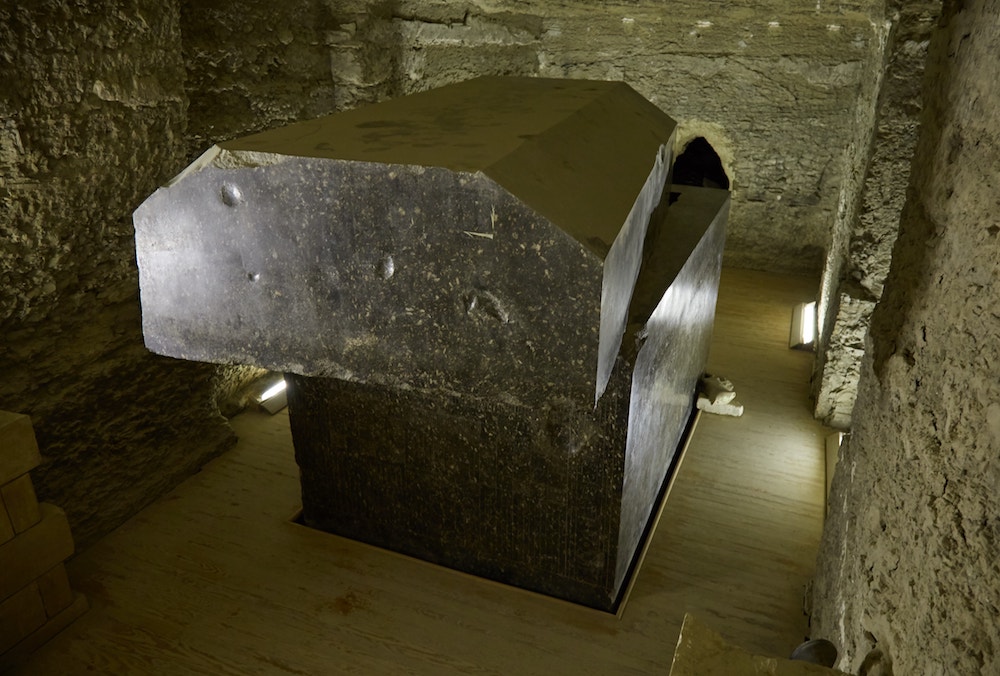
The Serapeum Of Saqqara The Ancient Connection
Ever since its discovery in 1850 the Serapeum of Saqqara has puzzled archaeologists and researchers and the tunnels that have been unearthed since have been the subject of debate among many. This majestic ancient labyrinth is home to 25 megalithic stone 'boxes', weighing between 70 to 100 tons….

The Serapeum of Saqqara (Part 1 of 5 Origins) Chacaruna
The Serapeum of Saqqara is located north west of the Pyramid of Djoser at Saqqara, a necropolis near Memphis in Lower Egypt. It was a burial place of the Apis, sacred bulls that were incarnations of Ptah. It was believed that the bulls became immortal after death as Osiris-Apis, a name shortened to Serapis in the Hellenic period. Canopus

The Serapeum of Saqqara (Part 1 of 5 Origins) Chacaruna
The Serapeum of Saqqara, an underground necropolis situated to the north of Saqqara - and approximately 20 kilometers south of Cairo - served as the burial ground for the sacred bulls, representative of the god Apis. These bulls were mummified and interred for over a millennium.

EL ENIGMÁTICO SERAPEUM DE SAQQARA.
At the site of Saqqara in Egypt there is a series of underground tunnels carved into the bedrock which contain more than 20 stone boxes weighing at least 90.
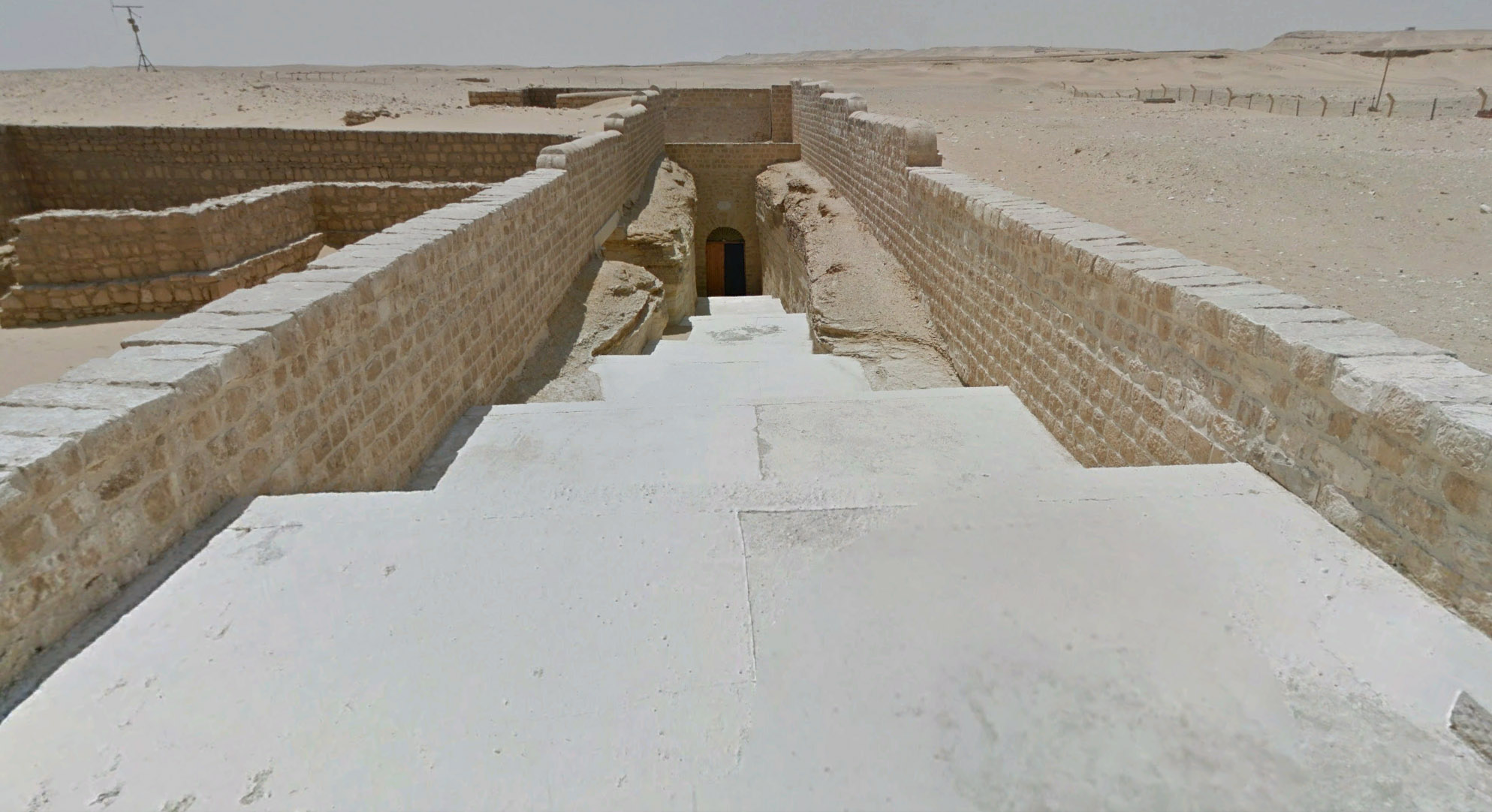
Serapeum of Saqqara
Saqqara ( Arabic: سقارة, Egyptian Arabic pronunciation: [sɑʔːɑːɾɑ] ), also spelled Sakkara or Saccara in English / səˈkɑːrə /, is an Egyptian village in the markaz (county) of Badrashin in the Giza Governorate, [1] that contains ancient burial grounds of Egyptian royalty, serving as the necropolis for the ancient Egyptian capital, Memphis. [2]
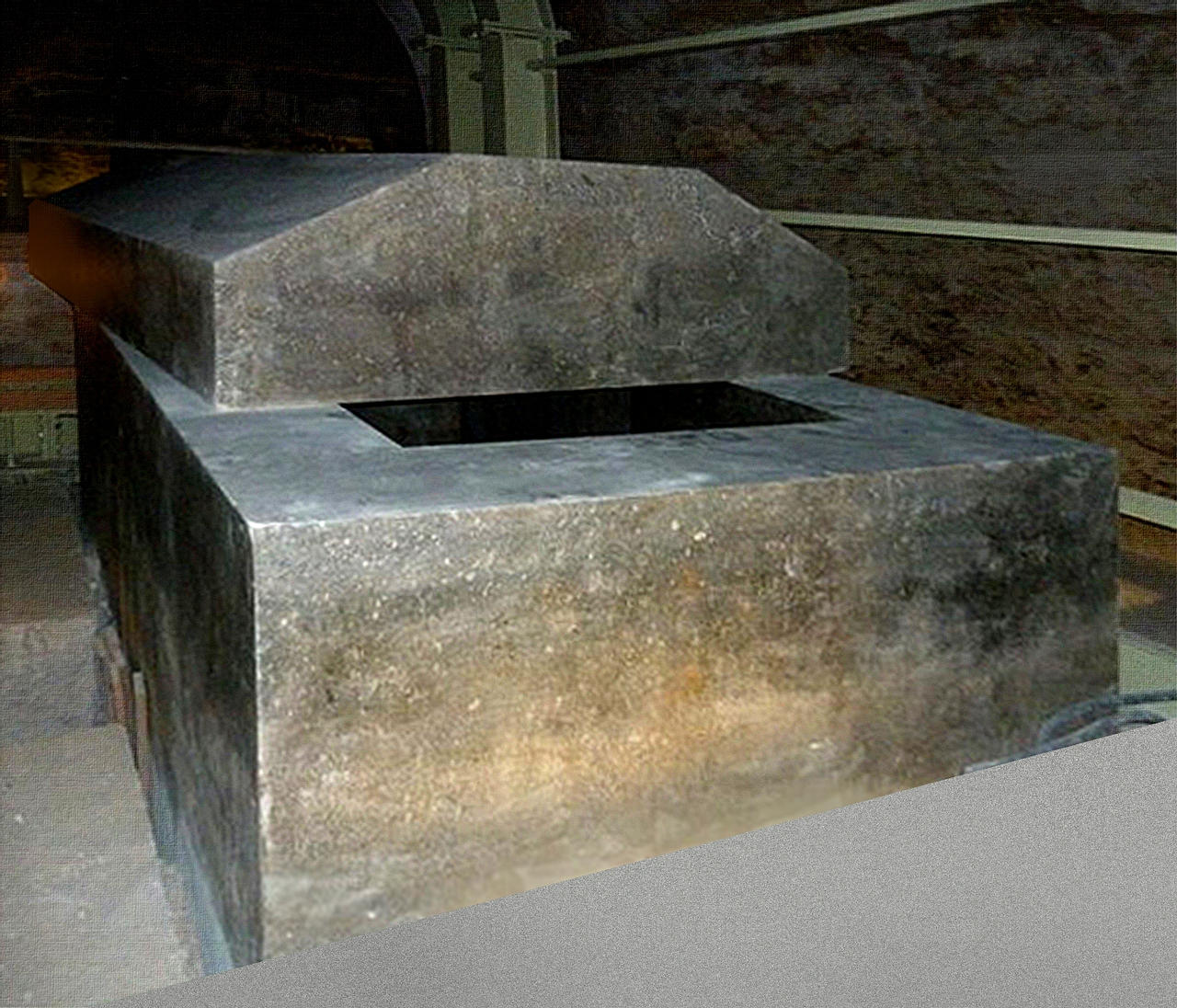
The Serapeum Of Saqqara The Ancient Connection
Discover the fascinating history of the Serapeum of Saqqara, an ancient Egyptian tomb complex featuring massive stone sarcophagi and intricate underground chambers. Learn about the worship of the Apis bull and other animal cults in ancient Egypt, and explore the rich cultural and historical significance of the Saqqara necropolis.
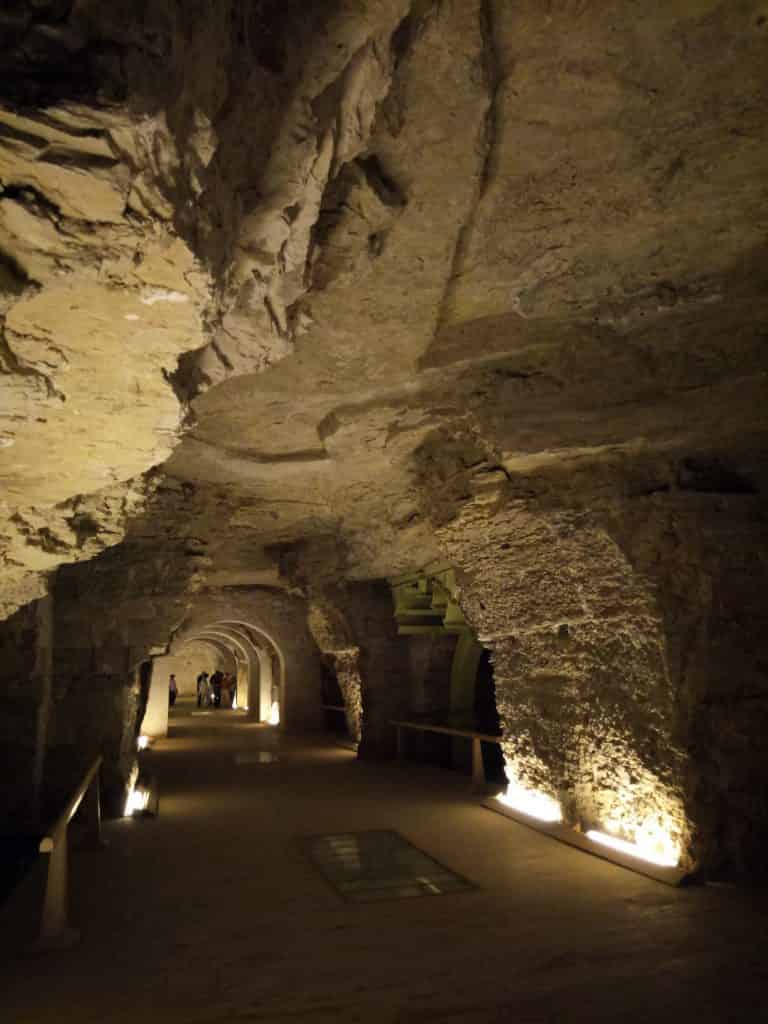
The mysterious Serapeum of Saqqara, the necropolis of the sacred bulls
Ṣaqqārah, part of the necropolis of the ancient Egyptian city of Memphis, 15 miles (24 km) southwest of Cairo and west of the modern Arab village of Ṣaqqārah. The site extends along the edge of the desert plateau for about 5 miles (8 km), bordering Abū Ṣīr to the north and Dahshūr to the south.
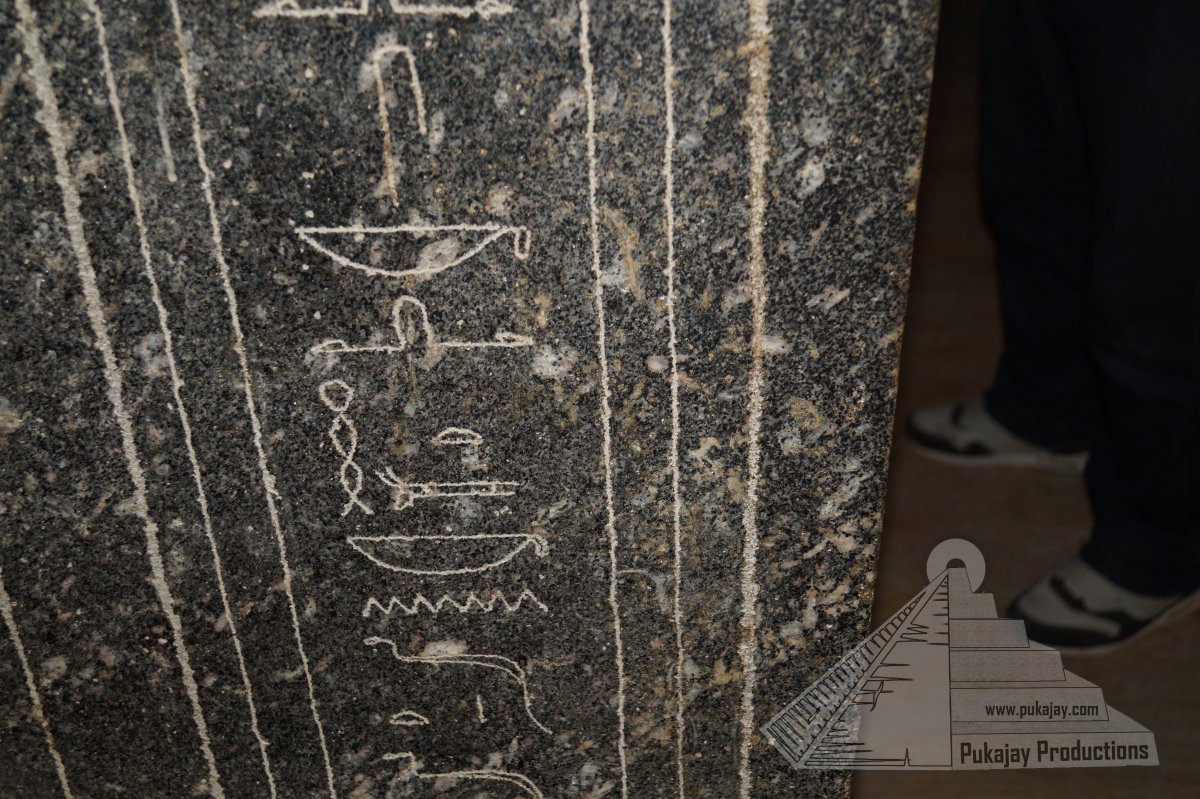
The Serapeum Of Saqqara The Ancient Connection
The royal necropolis of Saqqara is home to numerous ancient monuments among which is the Serapeum, a massive, alleged burial for Ancient Egypt's Apis Bulls. advertisement The Serapeum of Saqqara has remained a mystery since its re-discovery in 1850. It is the cemetery of the personified ancient Egyptian Apis bulls, the god Ptah.
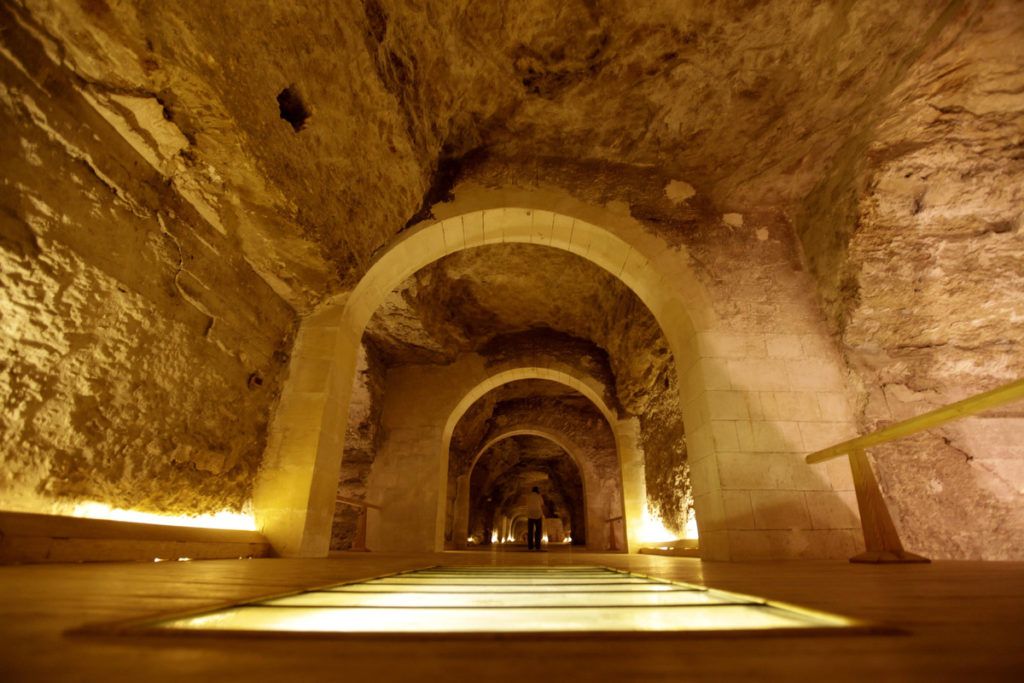
Serapeum de Saqqara, Saqqara, Egipto. Qué ver, hacer y visitar
The Serapeum of Saqqara was discovered In 1850 by the French archaeologist Auguste Mariette. While digging near Saqqara, the team uncovered a long series of sphinxes that lined the driveway to an underground structure consisting of several underground tunnels.
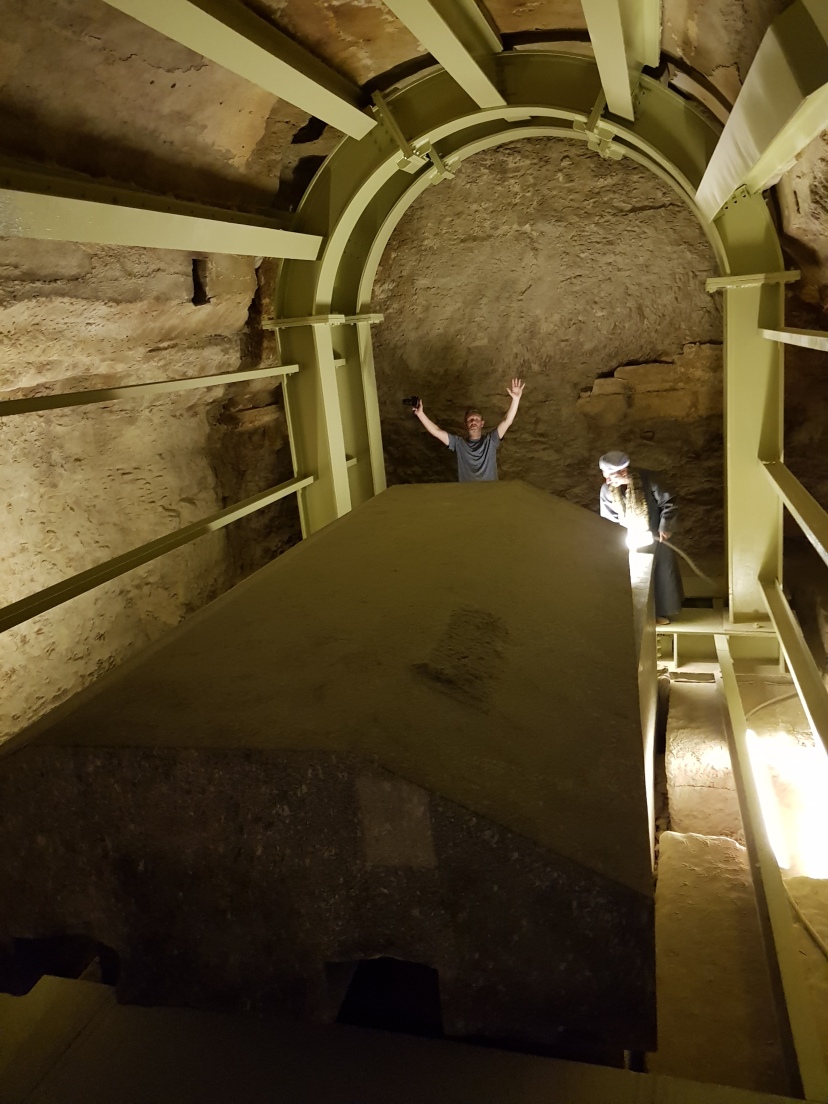
The Serapeum of Saqqara part two. MKW Explores Ancient Places
The Serapeum of Saqqara by Jimmy Dunn. Serapeum is a name usually applied to building that were associated with the cult of the Apis bulls, or the later composite god, Serapis. We actually know of two Serapeums, one located at Saqqara and the other in Alexandria. The one at Saqqara was more closely related to the Apris bulls, while the.
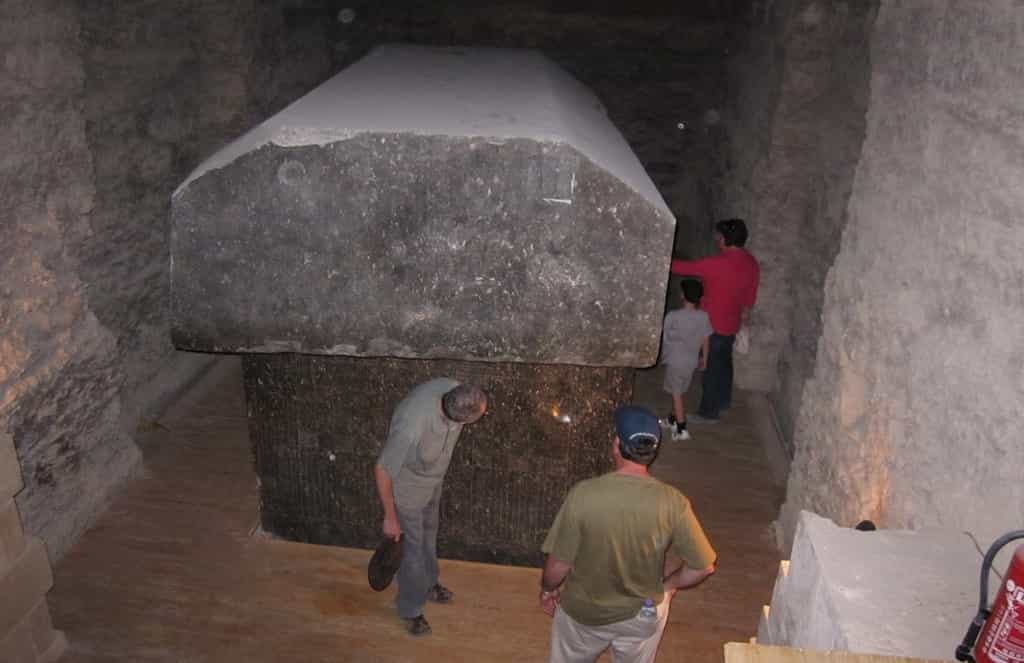
The mysterious Serapeum of Saqqara, the necropolis of the sacred bulls
The Serapeum of Saqqara has been a continuous source of speculation and mystery since its re-discovery in 1850. Even now, no theory has been able to explain exactly how or why the 24 giant sarcophagi were moved to the site and precisely installed in their notches.
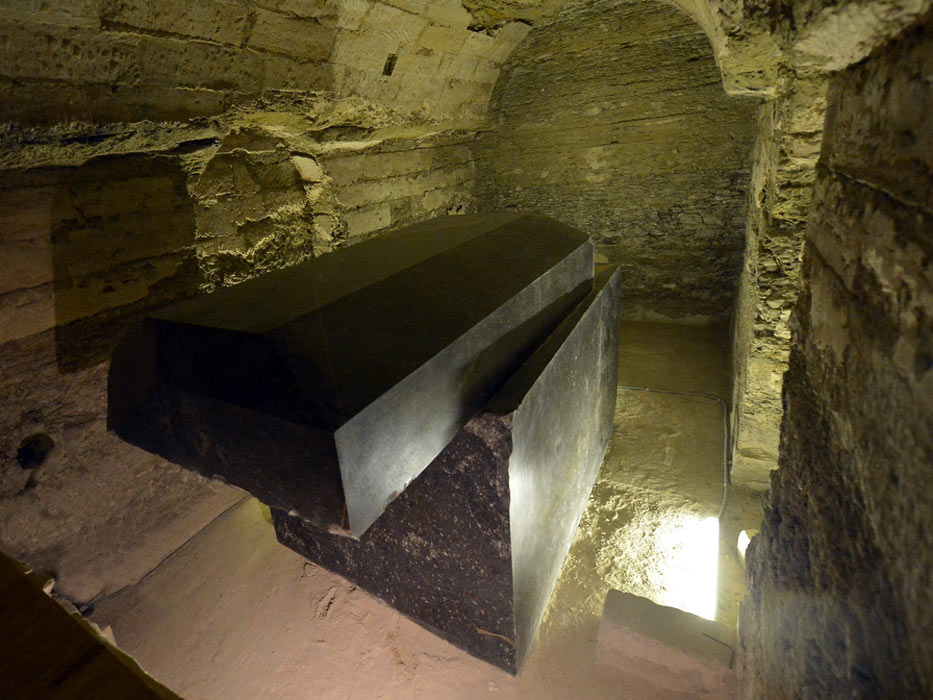
The Serapeum of Saqqara A Giant Tunnel of Light? The Event Chronicle
️ ADEPT EXPEDITIONS TOURS » https://bit.ly/3kFKpoW🐫 ANCIENT EGYPT MYSTERY SCHOOLS » https://bit.ly/3FkdH60👕 MERCH (AnyexTee-SHIRTS, hoodies & more!) » htt.
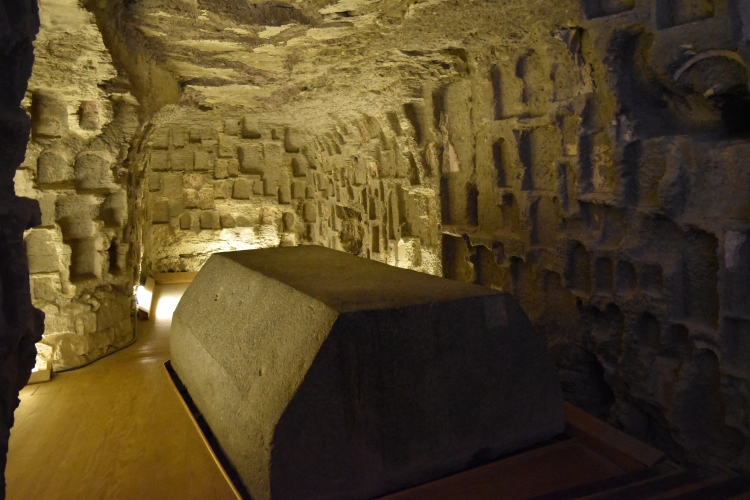
The Serapeum of Saqqara MKW Explores Ancient Places
Open 07:00 am - 16:00 pm Photography Address Location: Saqqara Accessibility not wheelchair accessibly Discovery of Serapeum In the years I850-I854 Auguste Mariette discovered the enclosure of the Serapeum in Memphis. Scattered tombs, dating from the reign of Amenophis III (I8th dynasty), I408-I372 B.C.
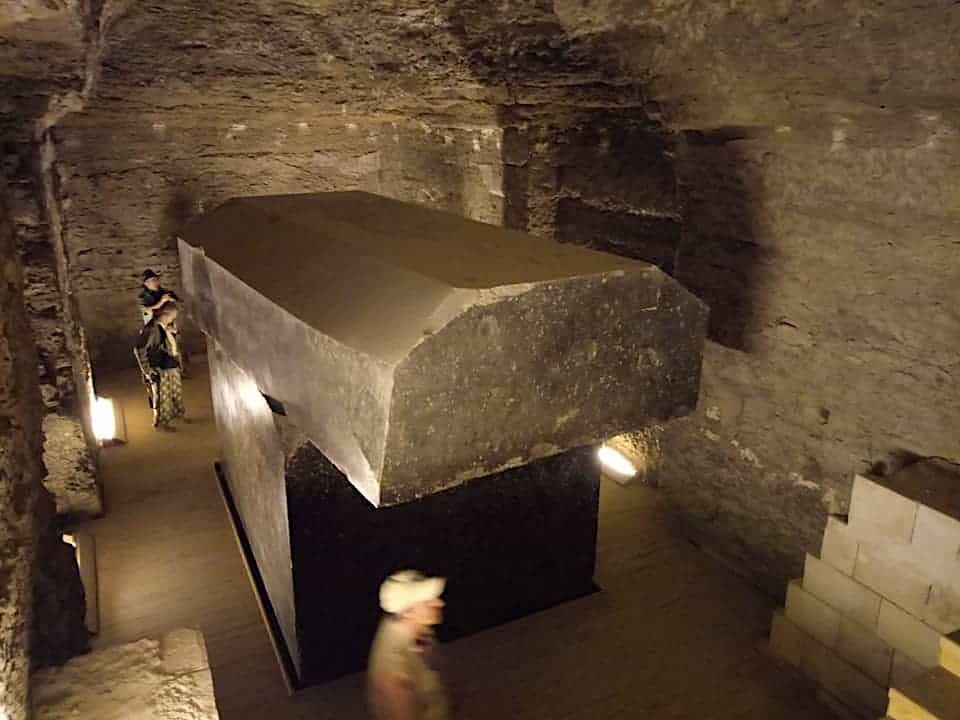
How Auguste Mariette Discovered the Fabulous Serapeum of Saqqara
The Serapeum of Saqqara was the ancient Egyptian burial place for sacred bulls of the Apis cult at Memphis. It was believed that the bulls were incarnations of the god Ptah, which would become immortal after death as Osiris -Apis. a name which evolved to Serapis (Σέραπις) in the Hellenistic period, and Userhapi ( ⲟⲩⲥⲉⲣϩⲁⲡⲓ) in Coptic.

Serapeum in Saqqara. Sarcophage AmunLuxor. Giza plateau, Pyramids, Luxor
The Serapeum of Saqqara is a serapeum located north west of the Pyramid of Djoser at Saqqara, a necropolis near Memphis in Lower Egypt. It was a burial place of Apis bulls, which were incarnations of the deity Ptah. It was believed that the bulls became immortal after death as Osiris Apis, a name shortened to Serapis in the Hellenic period.

Serapeum of Saqqara Egypt Unsolved Mystery MUST SEE IN EGYPT
Auguste Mariette uncovers the funerary complex of the Apis bulls. The finding of the Serapeum of Saqqara by Auguste Mariette in 1851 was important for more than one reason. It was, in its own right, a discovery of the highest significance, revealing more than a millennium of the history of one of the most important animal cults of ancient Egypt.